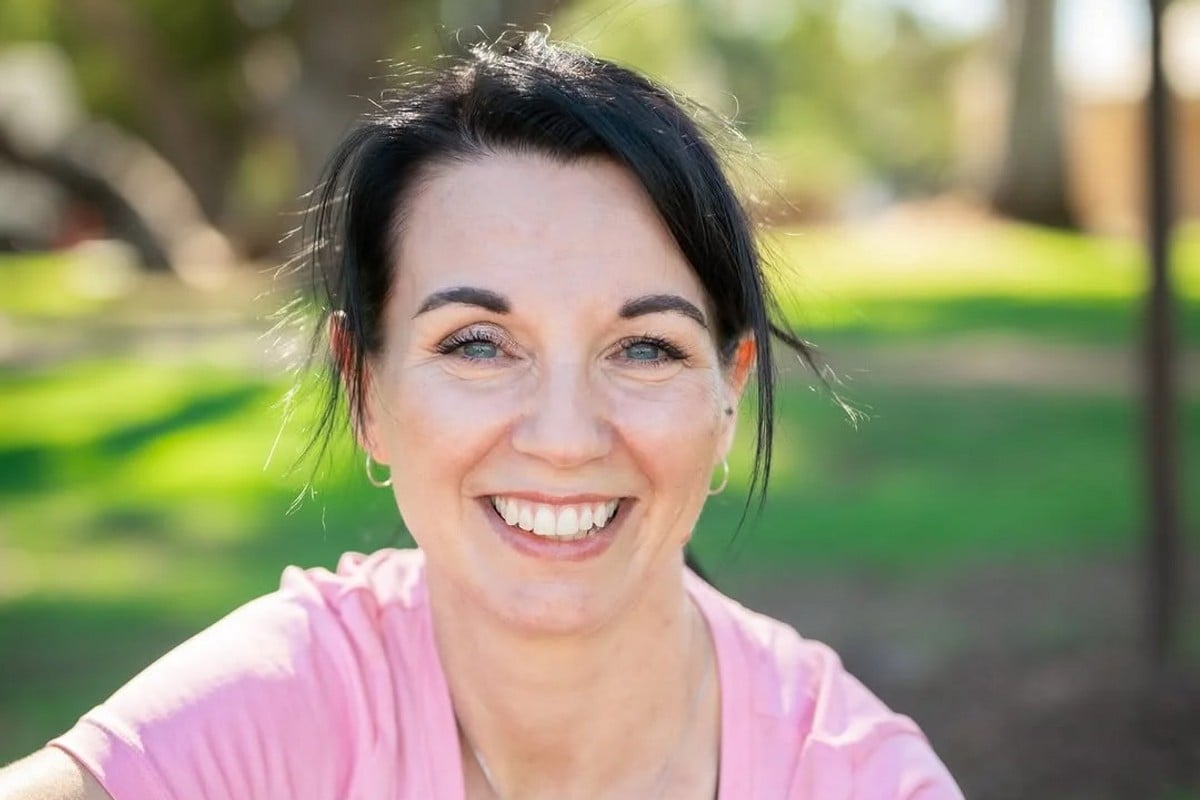
As a clinical nutritionist and personal trainer to many of Hollywood's A-listers, I thought I'd seen it all and heard it all.
It's been almost eight years since Mel Gibson sought me out because "nothing worked" and he was "tired and fed up with not fitting in the mirror any more". Since then, I've had the pleasure of being on set with him and whoever else he's working with to make sure everyone is eating well, staying healthy and getting some time to exercise while they're filming. Or, as I like to put it, I get to smack donuts out of their hands and put yoghurt and berries in them instead.
Watch: Speaking of celebrities, here's Naomi Watts on Mamamia's No Filter with Mia Freedman. Post continues below.
In my time working with celebs (who are still, at the end of the day, just people like us but with just a few more resources than most of us), I have seen many a fad diet rise and fall and trends come and go — but one has remained steady and doesn't look like it's going to be disappearing any time soon. So much so, that I even gave it its own nickname: 'The Hollywood Hungry Look'. And reading this, you can probably visualise the exact look I'm talking about.
You might think I'm talking about women only here, but unfortunately it's the fellas too. The belief that being skinny is tied to their self-worth is almost unshakeable — so when the GLP-1 craze hit the market a few years ago, it's little wonder that it took off like the proverbial rocket in Hollywood (and just for the record, Mel Gibson has never used any weight loss medication at all).




























































































